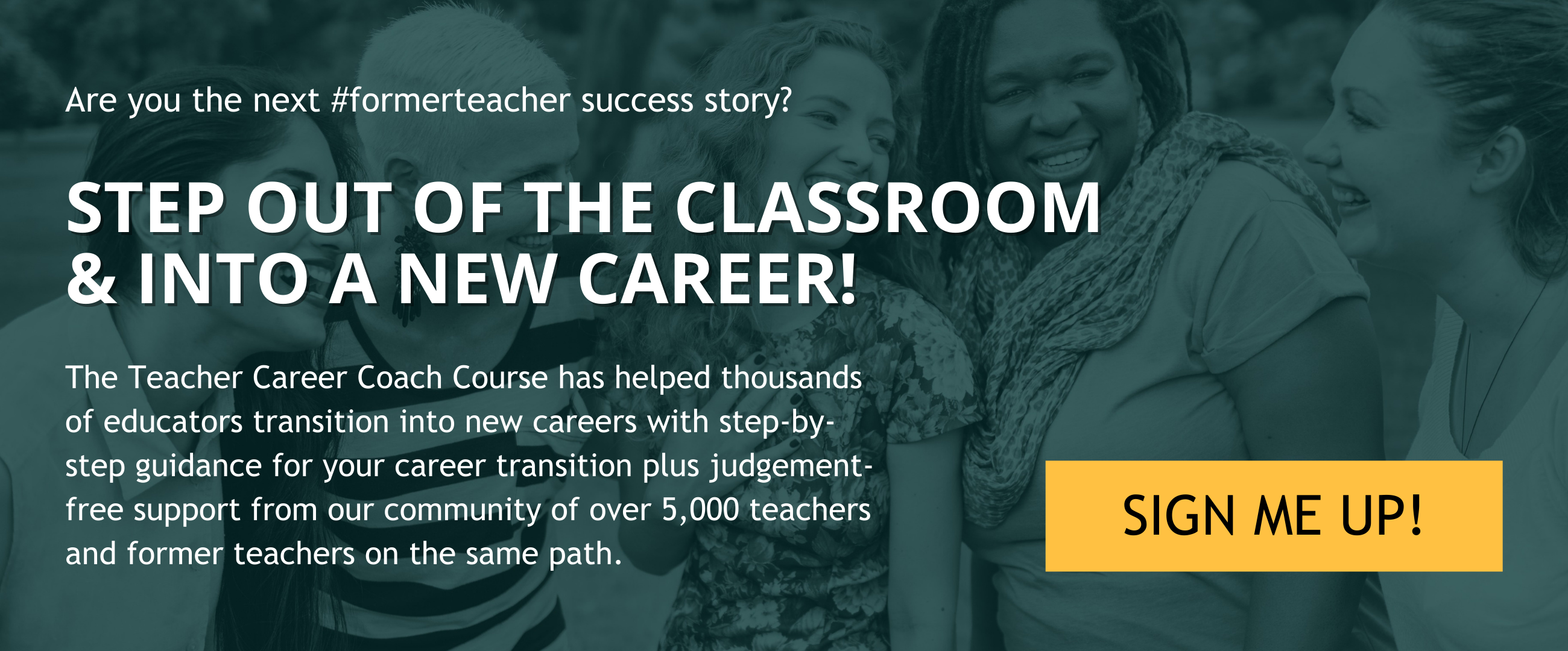As teachers begin the journey to a new career path, many are often surprised to hear you may need a career portfolio when applying to roles outside the classroom. A career portfolio is a collection of sample work that shows your skillset and abilities to an employer.
When You Need A Career Portfolio
A career portfolio is not required for every job outside the classroom. Whether or not you need a career portfolio depends what type of position you are interested in. Many job descriptions will ask for a portfolio. While you can still apply without one, hiring managers will often prioritize those candidates that have a career portfolio. The candidates who stand out show that they are serious about the role, have studied it, and take the time to put together a career portfolio.
These are the roles we recommend to transitioning teachers that will likely require a portfolio:
- Instructional design
- eLearning design
- Curriculum writing
- Editing
- Copywriting
- Graphic design
- UX design
- Marketing
- Software development
- Data analysis
In roles such as customer success, project management, sales, etc., a career portfolio will likely not be required. If you are unsure whether or not to create a career portfolio, reach out to people in the role you are pursuing to see if they recommend it. A portfolio will never hurt your chances, so even if it’s not required it could help you stand out!
Why You Need A Career Portfolio
When you are applying to any type of job, especially in a creative field, prospective employers want to see what you can do. A career portfolio can get you noticed, show a hiring manager exactly what skills you have, and potentially open you up to more opportunities in your desired field. More than just a resume, a career portfolio will provide tangible proof of the value you can bring to the company.
The process of creating a career portfolio can help boost your confidence about your ability to perform a new role. That will then increase the confidence an employer has in you to succeed at their company. Win-win!

What To Include In A Career Portfolio
Once you have a basic understanding of what a career portfolio is and why it’s necessary, you will probably begin to wonder how to get started. Assuming you already have determined a new career path, the next step is to get inspired! Search sites like Google and LinkedIn for existing portfolios within the field you are pursuing. While you should never copy someone’s portfolio, getting your eyes on examples will help give you a clear direction on the format, platform, and types of resources to include in your own career portfolio.
What types of career portfolios can you make?
- Website
- Video
- Digital folder/ file
- Hard copy/ documents
Choose a format that directly reflects the role in which you are pursuing. If the jobs you are applying for use a lot of technology, lean into that. If tech isn’t your thing, then choose a format that works for you. No matter the type of portfolio you create, think of ways to showcase your personality and catch the eye of hiring managers!
What platform can I use to make a portfolio?
Again, this is going to depend on the role you are pursuing. There are countless platforms online, and some are specific to a particular field, so make sure to do your research. Software development and data analysis, for example, are going to have certain platforms to appropriately display your skillset. Other positions can utilize a variety of platform options as long as the content is tailored to your desired role. And don’t worry if you’ve never created a website – many of these platforms have easy drag-and-drop templates to simplify the process. Here are some platform recommendations:
- Website: Wix, WordPress, Squarespace, Zyro, Weebly, Google Sites
- Video: Vimeo, Biteable, WeVideo
- Digital folder/ file: Google (Drive, Docs), Microsoft (Word, PowerPoint)
- Software development: Github
- Data analysis: datascienceportfol.io
What can I include in a career portfolio?
A career portfolio is typically a collection of sample work, but there is a little more to it than that. First, include a short bio, contact information, relevant skills, accomplishments and awards so that a prospective employer can learn about the person behind the work samples. You may also include a link to your resume and any social media profiles relevant to the role.
The specific work samples in your career portfolio are going to depend on what role you are pursuing. Do some research to make sure you have a solid understanding of the day-to-day responsibilities of your desired position before creating new resources for a portfolio. You need to understand the type of work you would be expected to produce, so you can create samples of that work for your career portfolio. Here are a few examples based on job titles:
- Instructional design & eLearning design: digital learning samples
- Curriculum writing: lesson plans and curriculum maps
- Copywriting and editing: writing samples
- Graphic design: design samples that relate to the position
Just like a resume, the more tailored your portfolio is to a specific position, the more excited the company will be to have you in that role. No matter the medium, a career portfolio should be user-friendly, aesthetically-pleasing, and practical.
Create A Portfolio For Your New Role, Not Your Old Role
Teachers often have lesson plans and projects they have created over the years, but those should not always go in your career portfolio as you pursue roles outside the classroom. Employers want to see the projects you can create that align with the projects you will produce at their company.
If you are applying for curriculum writing positions, then lesson plans and curriculum maps you have used with students would be great to add to a portfolio. However, for any of the other positions outlined above, you will not want to use samples of work you’ve done with students. As an instructional designer for a hospital, for example, you will be designing resources for adults to use. So, make sure your portfolio has samples of adult learning materials rather than projects geared toward young students.
If you do not already have resources that align with your desired field, then you can create projects from scratch to add to your career portfolio. Familiarize yourself with the work your desired role entails, then create new samples to add to a portfolio. This process will allow you to customize the samples to fit the specific job responsibilities, which will help you during the hiring process.
Your career portfolio is one more chance to stand out in a competitive job market. If you present a functional and appealing portfolio in addition to a well-tailored resume and an impressive interview, then you can say with confidence that you did everything you could to land the job!
Examples Of Career Portfolios
Raise your hand if you’re a visual learner! Same. Research shows that 65% of the general population are visual learners, meaning we need to see something to better understand it. This is another reason why a portfolio can help you stand out during your career search – a hiring manager can actually see your work and picture the value you can bring to a company.
Since most of us benefit from a visual, we gathered examples of what a career portfolio could look like. There are options to how you create a career portfolio, but you will see that all of these examples are websites as that is the most popular choice. Here are some screenshots of various portfolio examples to help get you inspired:
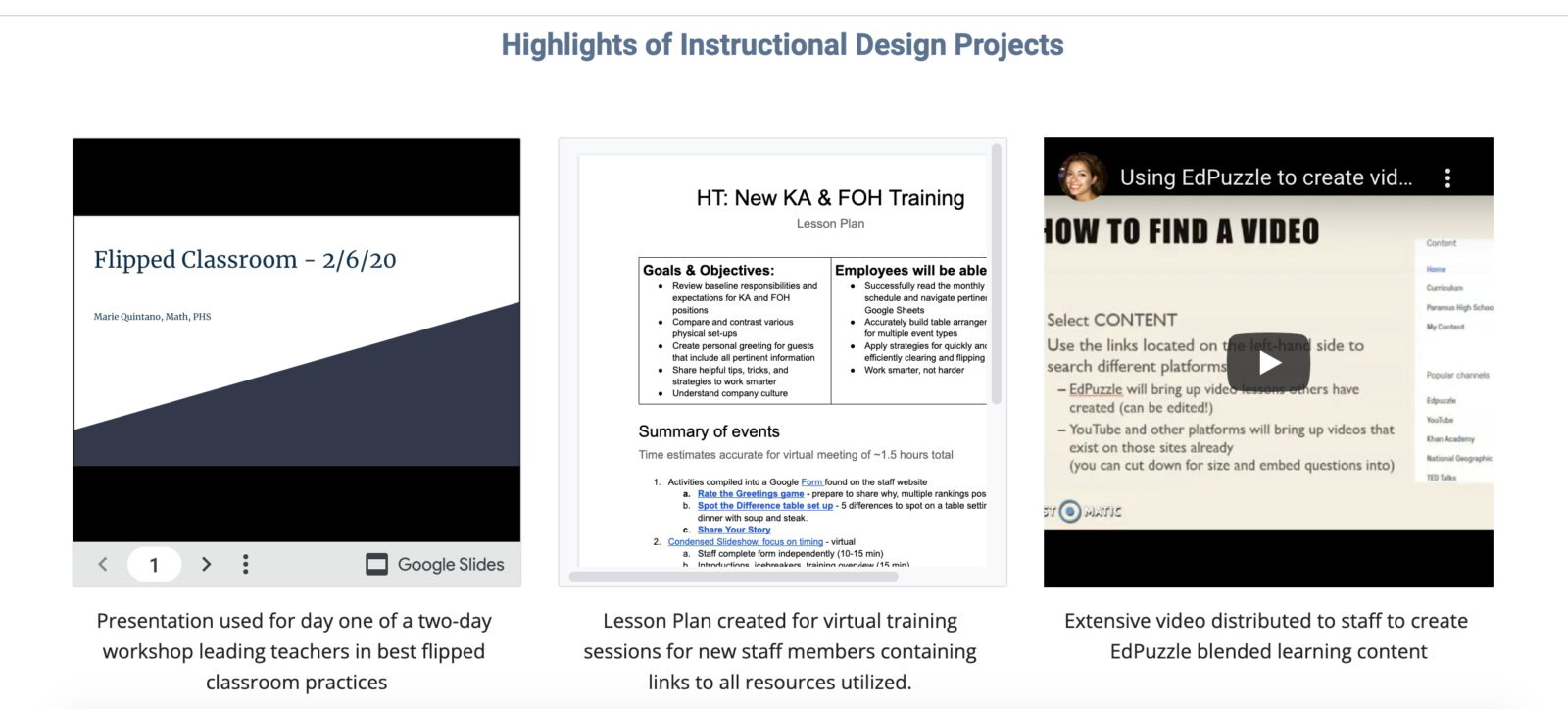
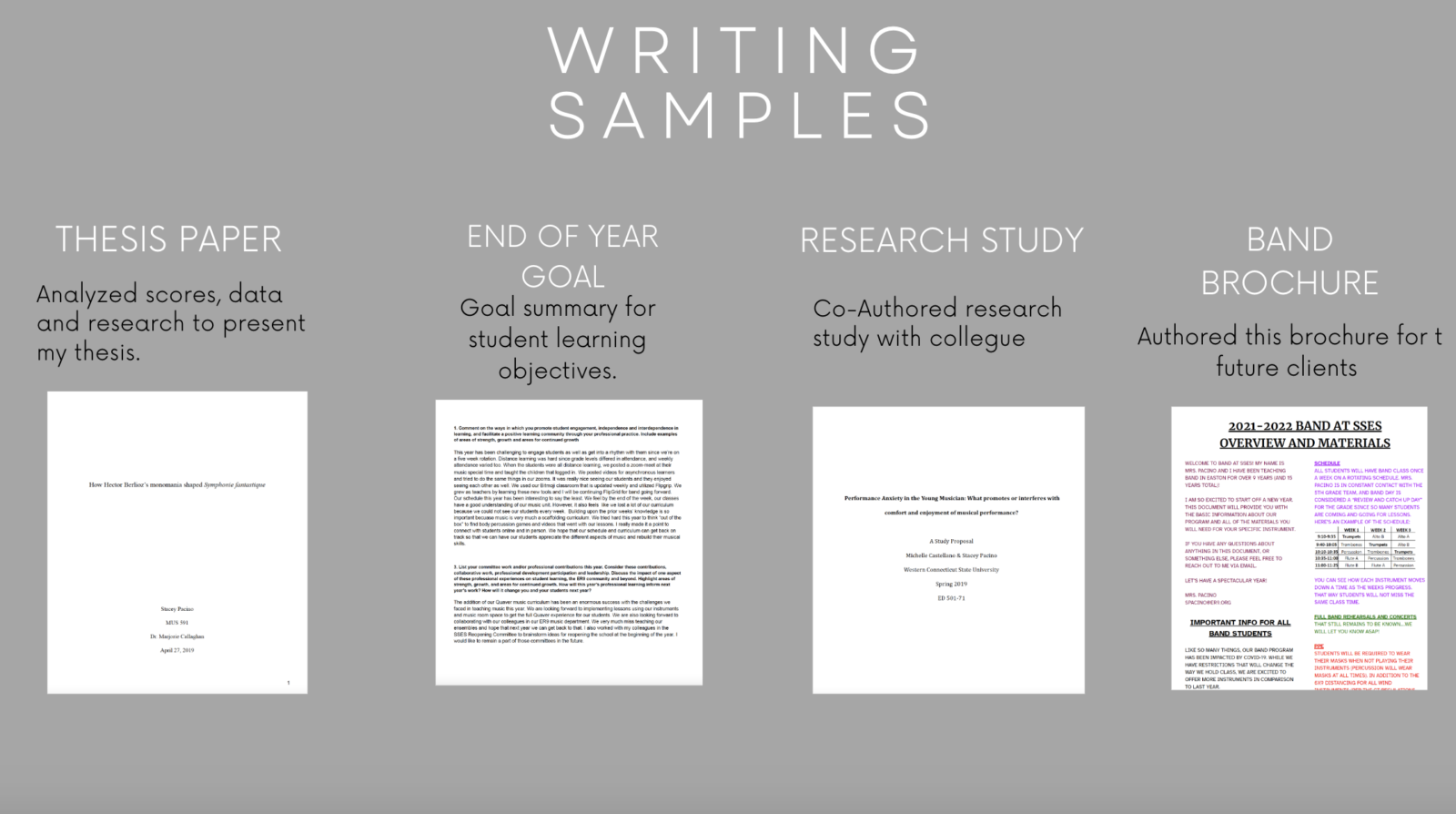
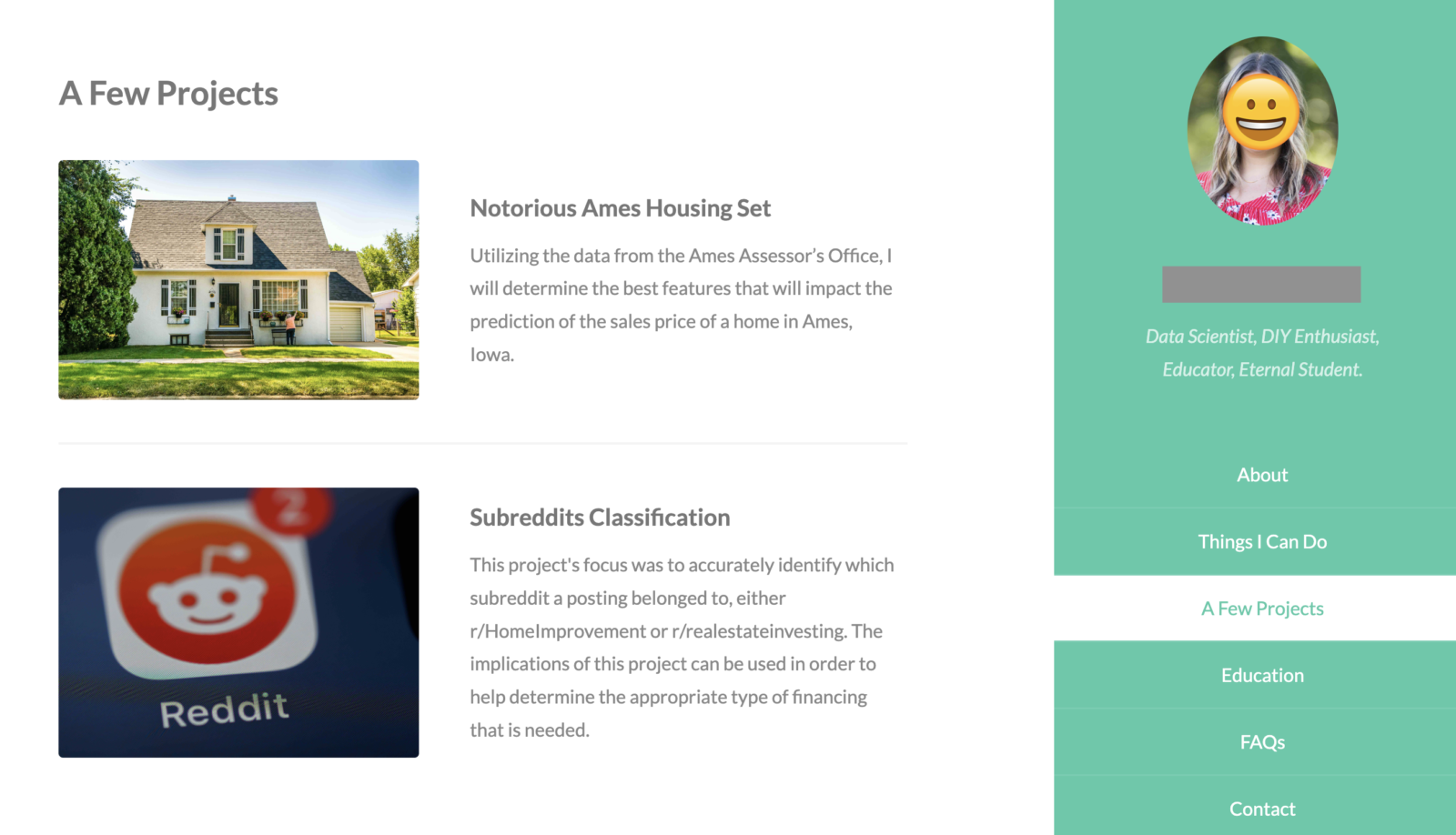

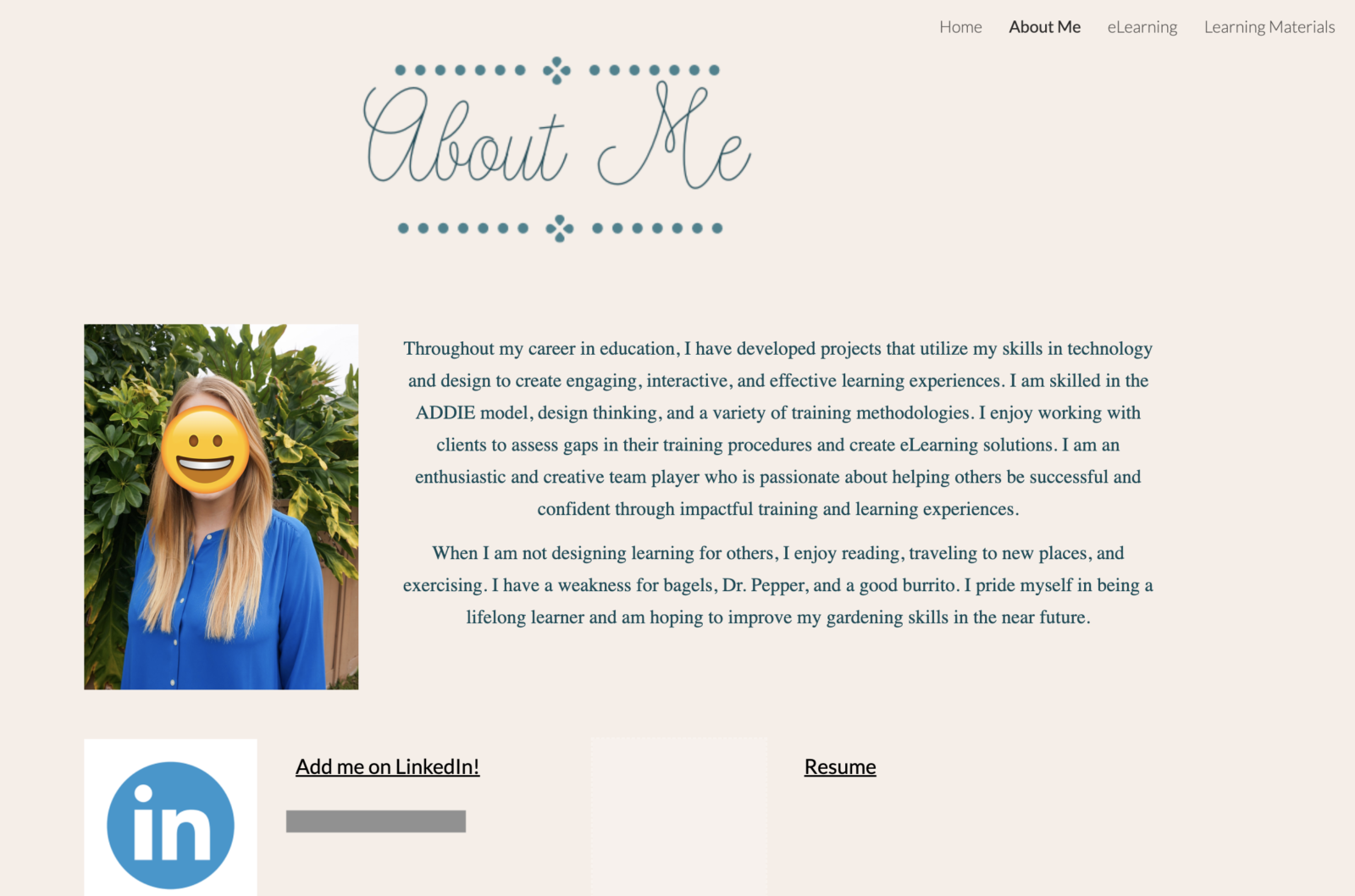

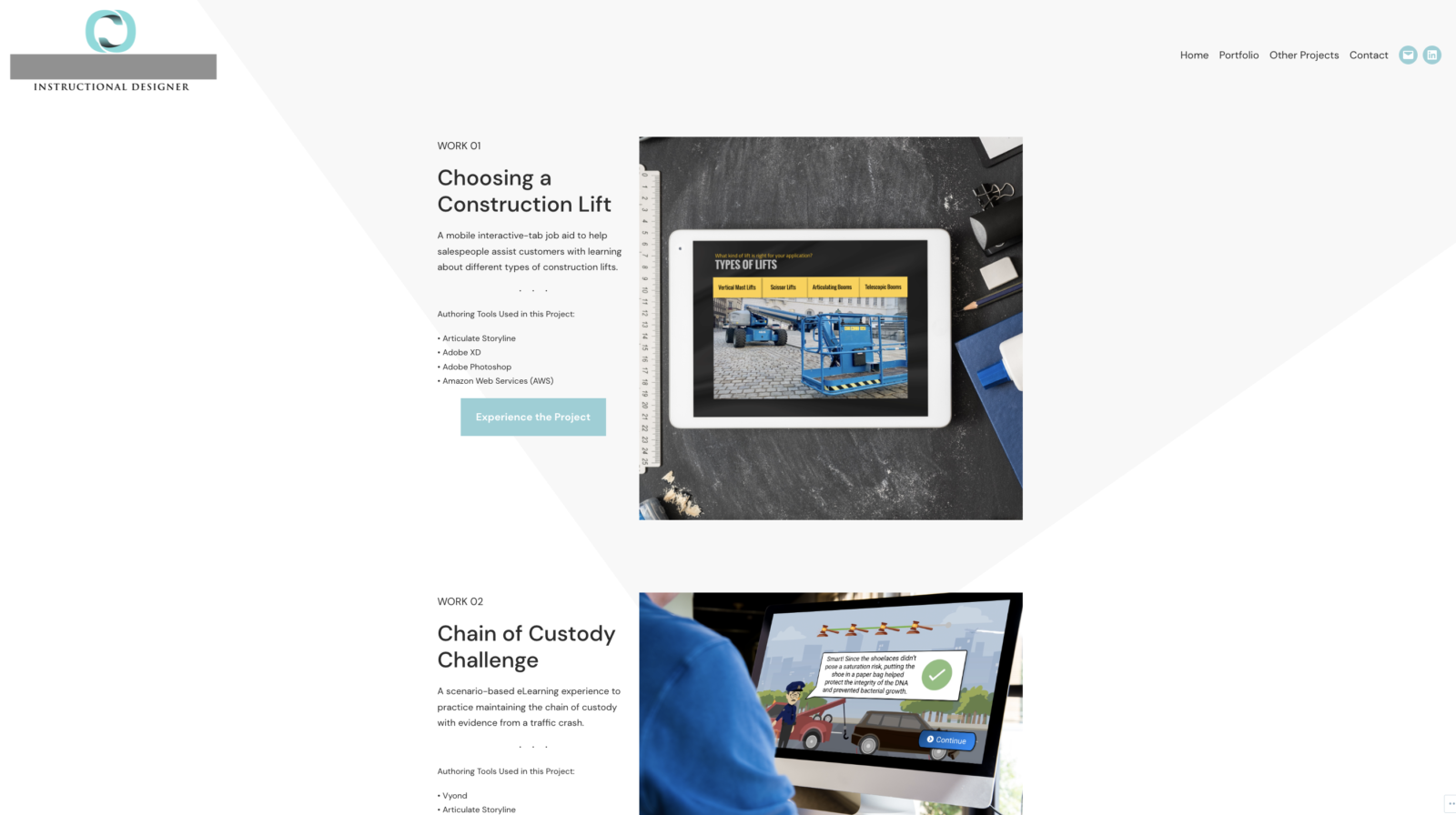
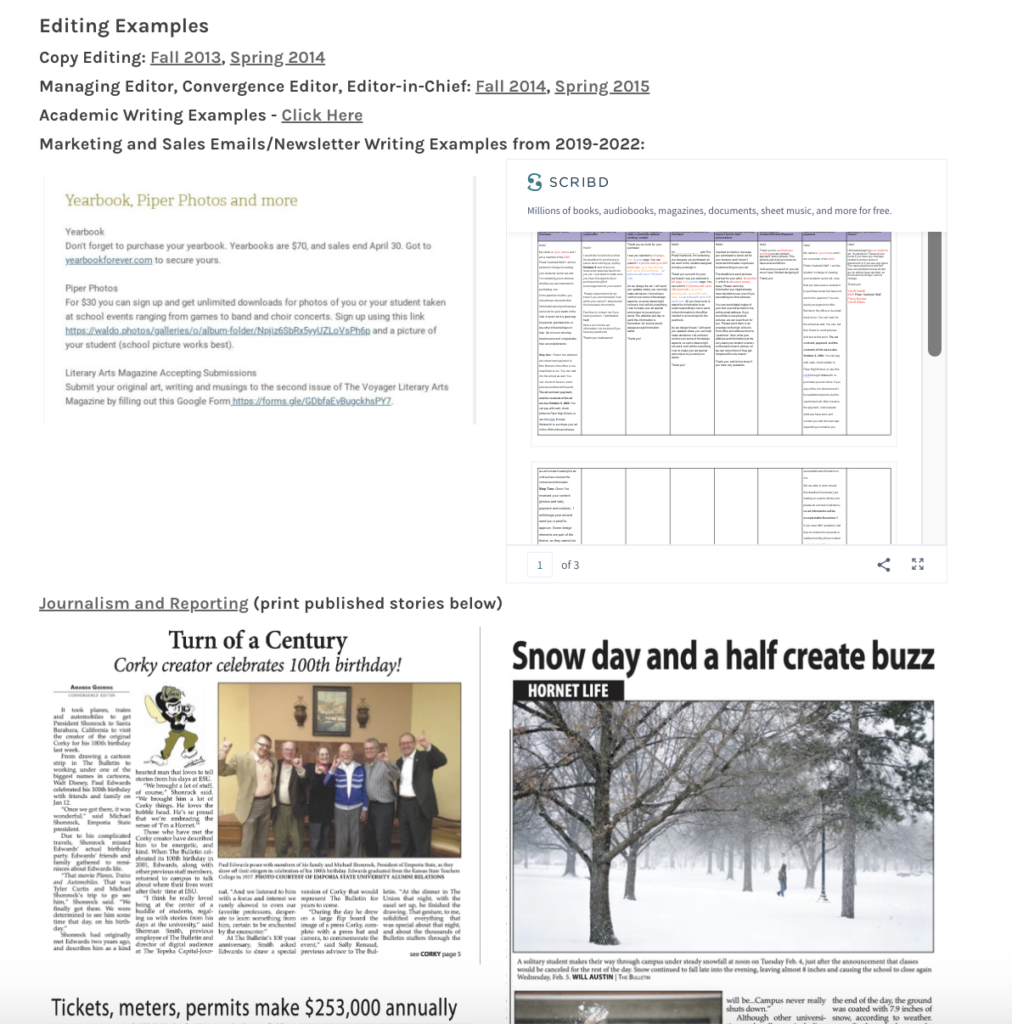
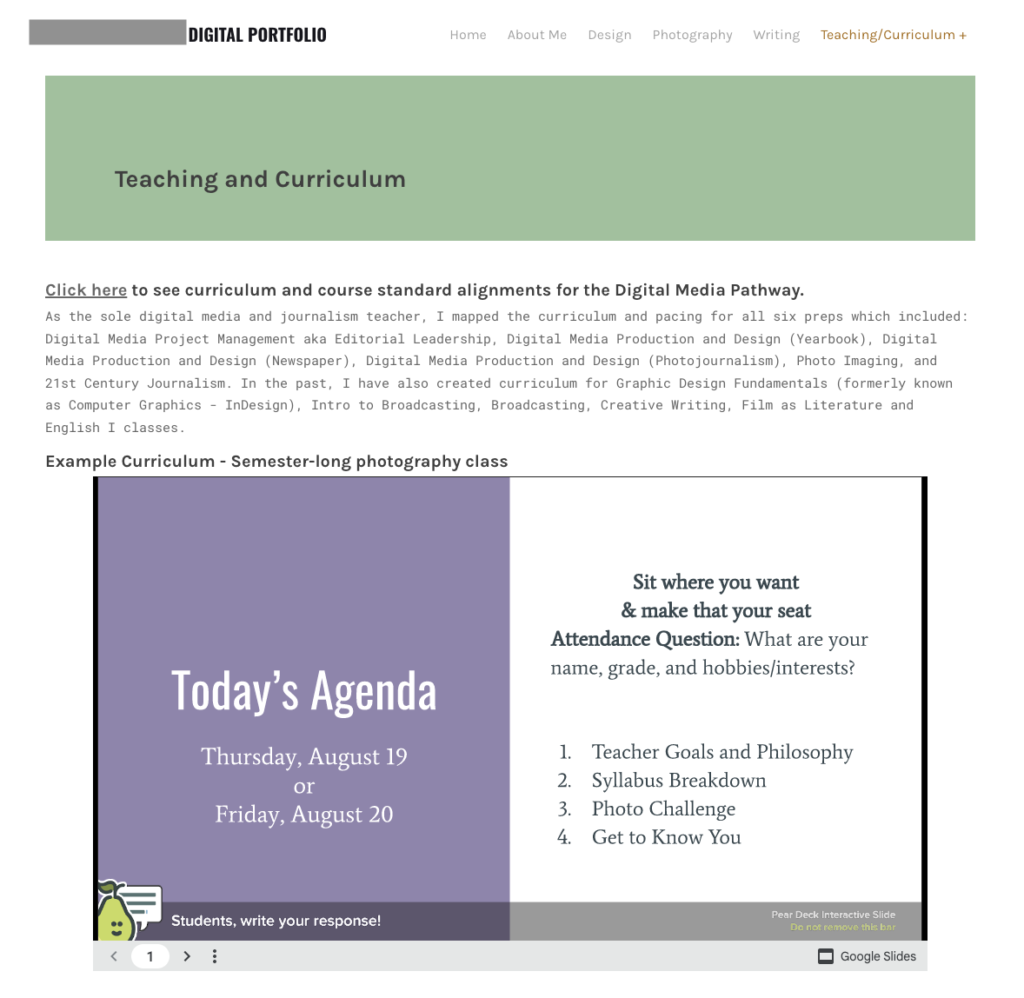
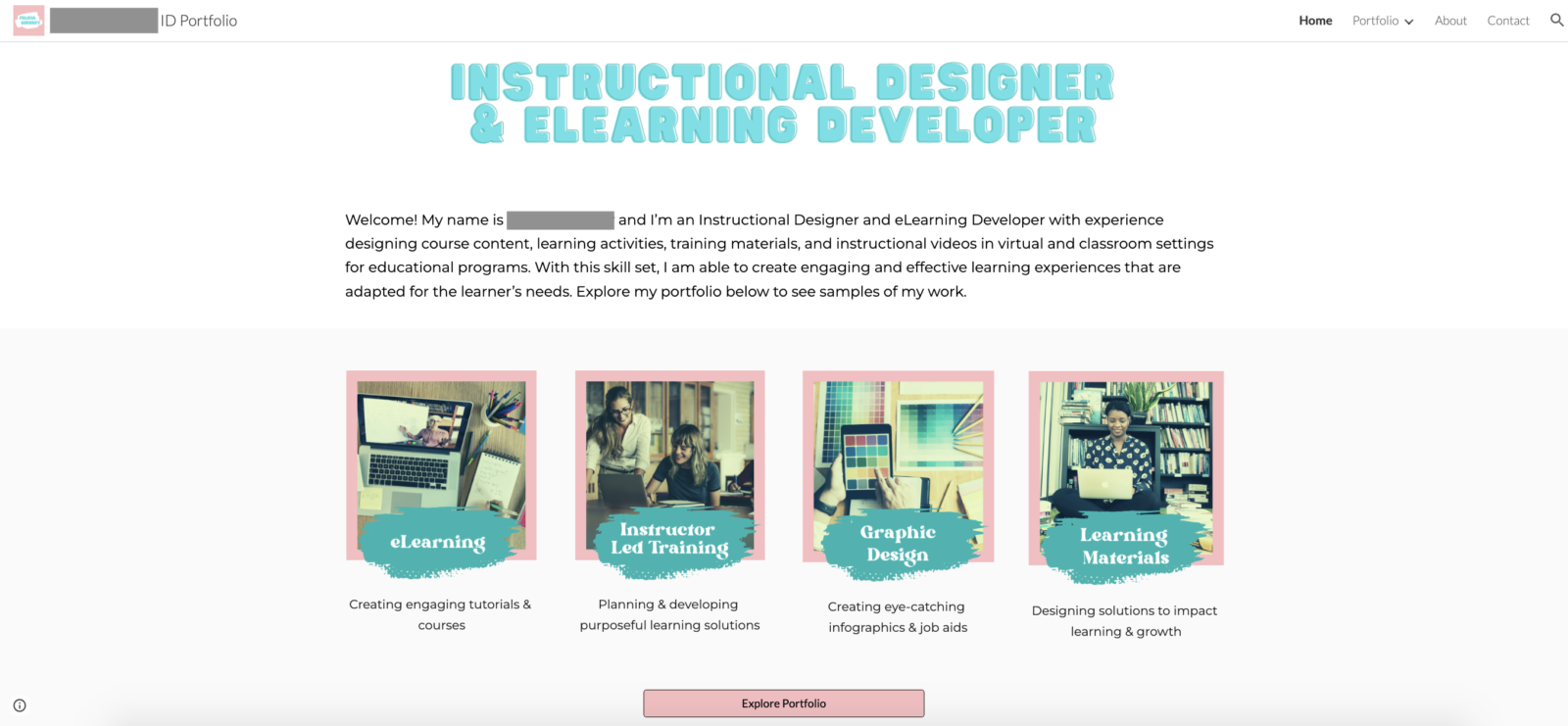
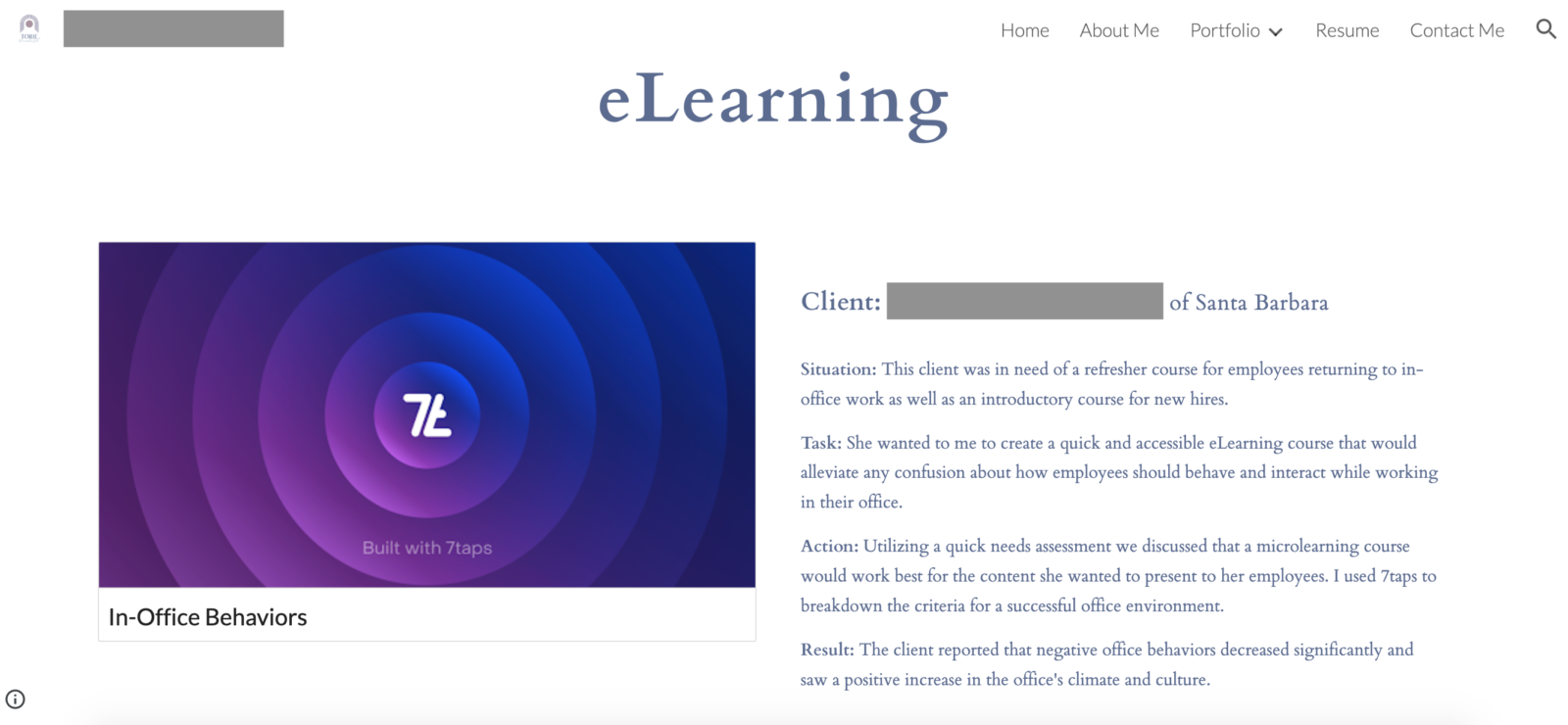
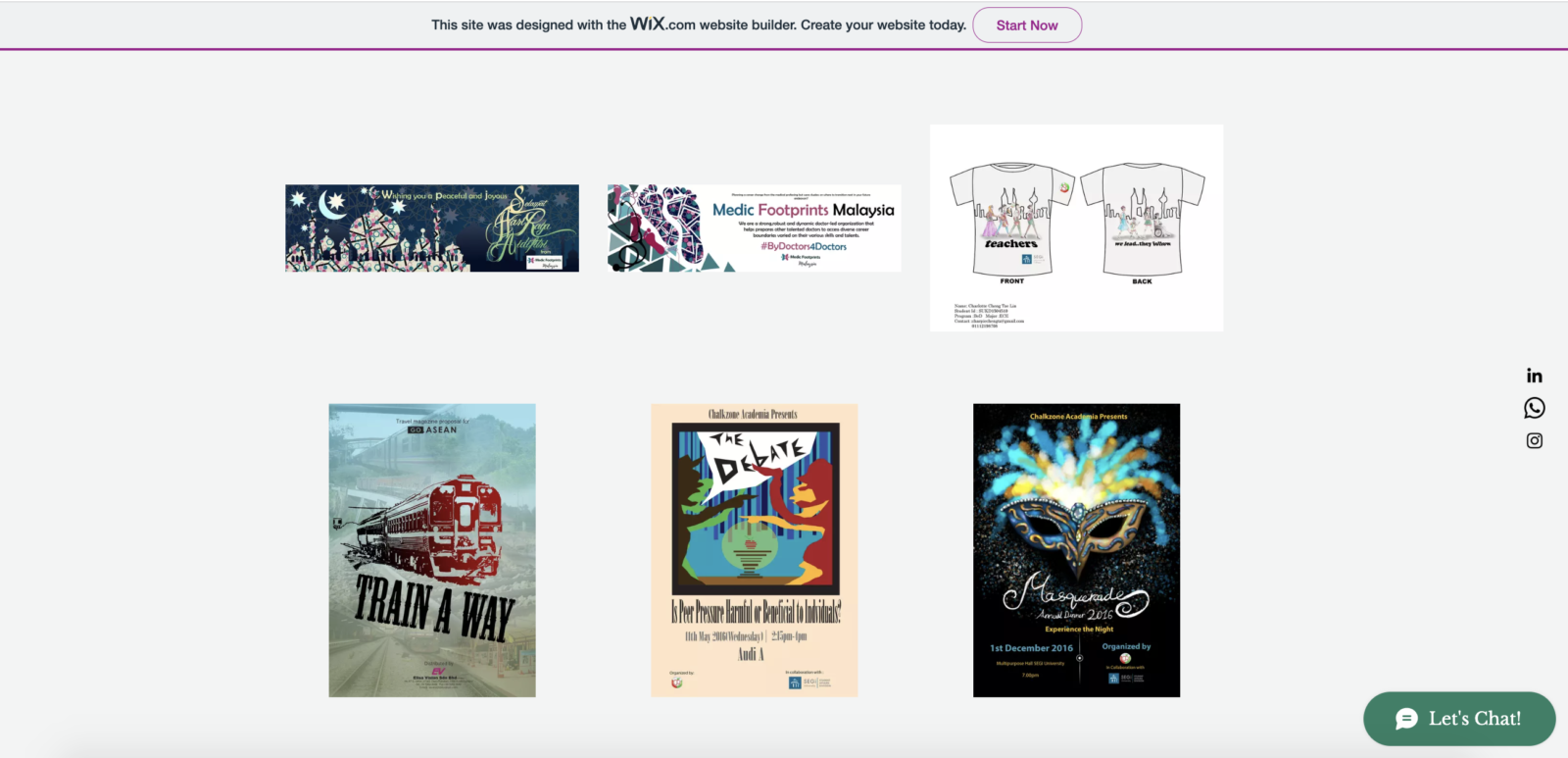

Abbey is a former middle school geography teacher, currently working as a Customer Support Specialist at Teacher Career Coach. She enjoys helping teachers find happiness along the path to their new careers. When she’s not answering audience questions you can find her playing sand volleyball & spending time on the lake with her husband and dog.
Next Steps to a New Career
If you are struggling to determine what new career path is right for you, take our free career quiz to help you get started. Once you have a clear direction, you can start gathering information and resources to create a career portfolio.
One of the biggest mistakes that I see teachers make is that they try to navigate this process alone. Often, they put off “researching” until the very last minute. Which sets them up for a very stressful application season. Teacher Career Coach wants to help you get some clarity in the options available to you. To know EXACTLY what you need to do (and not do) in order to get your foot in the door.
You don’t have to do this on your own.
With the help of an HR expert with over 10 years of experience and a team of former teachers, Daphne has created a guide to support you in the early stages of your transition out of the classroom. Tap the button below to learn more.

